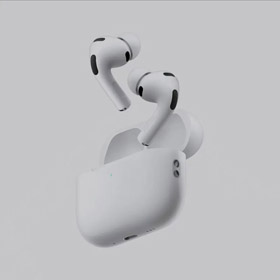On Sugargoo's Facebook community, savvy parents are sharing their trusted strategies for purchasing children's toys through the platform's spreadsheet system. From educational puzzles to battery-powered cars, these discussions help others navigate cross-border purchases wisely.
Choosing Brain-Boosting Toys by Age Group
Seasoned shoppers emphasize matching toys to developmental stages:
- Toddlers (1-3 years): Large stacking blocks and sound puzzles help build motor skills
- Preschoolers (3-5): Simple board games and counting toys stimulate early math concepts
- Grade-schoolers (6+): Science kits and strategic games challenge growing minds
Many parents recommend checking Sugargoo spreadsheet listings for educational value descriptions and verify safety certifications like ASTM or CE marks.
Decoding Safety Details in Product Listings
Community members highlight three key safety checks:
- Material composition (BPA-free plastics, non-toxic paints)
- Small parts warnings (critical for under-3 purchases)
- Manufacturer reputation (visible in extended product details)
One parent shared: "I always screenshot the safety certification photos from Sugargoo listings to confirm before purchasing."
Smart Shopping for Electronic Toys
For battery-operated items, the community suggests:
- Checking runtime details in spreadsheet specifications
- Looking for USB rechargeable options to avoid battery costs
- Sorting by "Most Reviewed" to find well-tested products
Experienced buyers note that translation tools help understand Chinese product manuals in the listing images.
These crowd-sourced shopping techniques help parents leverage Sugargoo's platform while ensuring quality and safety. As one member concluded: "The spreadsheet system takes research, but seeing other parents' notes makes all the difference in finding the perfect toy."



















